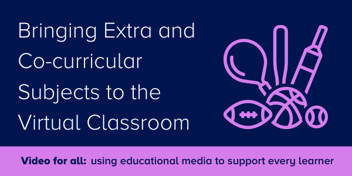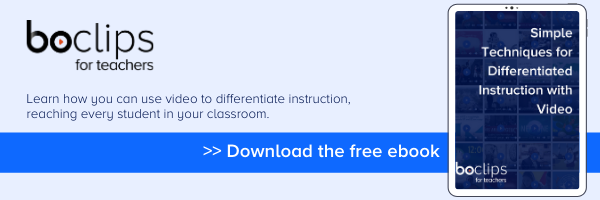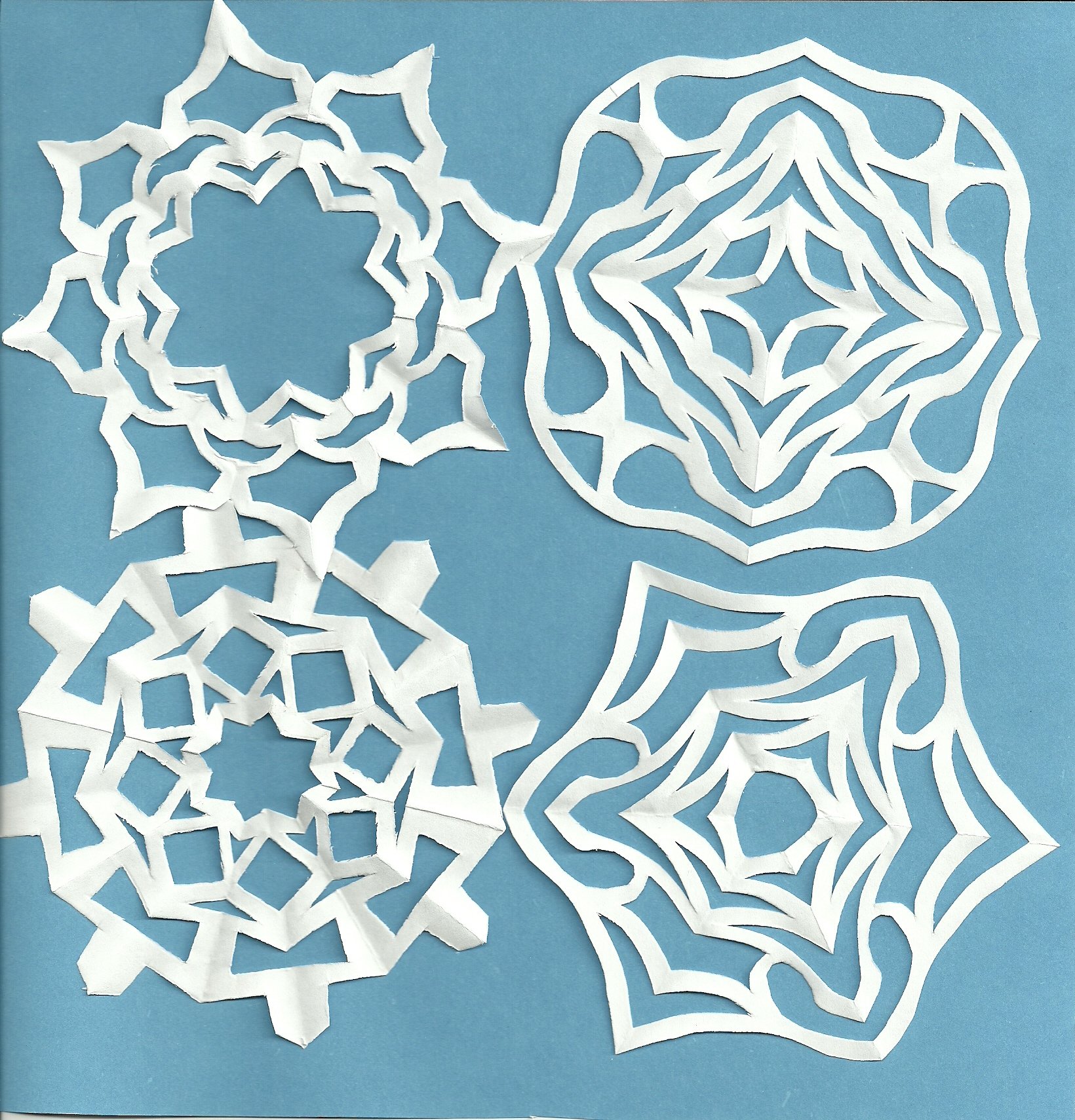Educators learned something during spring’s sudden transition to remote learning: we simply can’t cover the same amount of material as we do in the classroom. Some teachers are expecting to progress through as little as a fifth of the material they would plan to otherwise cover this school year, leaving little room for extra and co-curricular subjects.
Thrown into the digital environment, this is a unique year where every teacher is essentially a first-year teacher all over again. The trifecta of pandemic anxiety, stress in the home, and the rapid move to all-virtual classrooms has created an educational bottleneck that no teacher, student, or parent had time to properly prepare for.
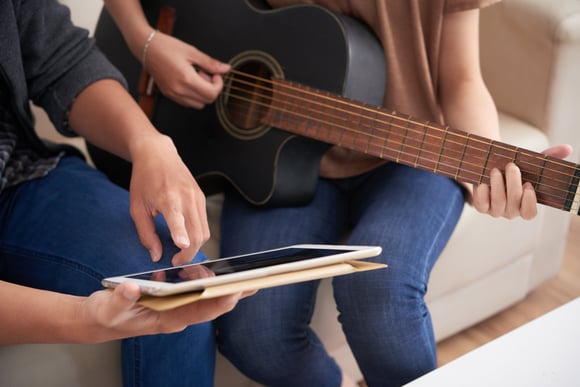
Yet, in spite of these challenges educators are making it work. While the core curriculum moves to remote learning, extracurriculars and niche subjects are carving out space. Teachers know that a holistic and dynamic education is built on incorporating the arts, physical education, social emotional learning, digital citizenship, and technical skill sets. It can be difficult to find where these co-curricular subjects fit into the virtual classroom, but these tips and resources can help ease the transition.
Create and encourage routines
The typical school day is built around routines. Every physical classroom has a clear schedule of classes, agendas, school events, and activities. Migrating and maintaining these daily routines in the virtual classroom is critical for making space for extracurriculars, as well as managing the expectations of students who rely on the predictability of their learning environment. This is especially true for students with special needs, who are facing an uphill battle in equity during this time. Wherever possible, check in with your students. Provide clear leadership on how and when learning, work, inquiry, and rest should take place.
Utilize home-learning ready resources
There are a range of extracurricular activities and niche subject resources sprouting up online for teachers to take advantage of this year. Boclips for Teachers has curated video collections, often with attached student activities or teacher guides, around key themes that will be important this year. These collections are designed to make co-curriculars easy for students to accomplish at home, whether that be group projects that can be done in Google Classroom or science experiments your second graders can accomplish at their kitchen table.
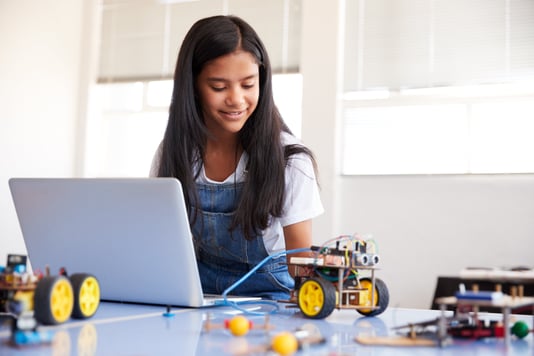
Some of these video collections are excellent ways to facilitate constructive group conversations, whether small or classroom-wide, around topics that your students may be feeling stressed about such as social issues or the COVID-19 pandemic. We’d love to hear how you’re utilizing these videos to kickoff an assignment or facilitate these conversations. Hundreds of collections are available on Boclips for Teachers, including:
- Arts & Crafts for Elementary and Early Childhood
- Digital Citizenship: Social Media Series
- Coronavirus: Everything Students Need to Know About COVID-19
- Wonders of Science! Activities and Experiments for Elementary Students
- #BlackLivesMatter for Secondary Students
- Story Analysis with Short Films
- Musical Mathematics
Self directed and inquiry based learning
Offering students opportunities to follow their curiosity or passions can be a great way for teachers to create some worthwhile space between themselves and their students. With inquiry based learning, learners get the opportunity to apply or explore concepts from the core curriculum in the context of something different, like art, music, or engineering.
This technique can be especially useful in supporting students’ social-emotional learning needs by allowing them to both interact with their peers as they share their discoveries, and take ownership of their projects and development. Now is a great time to guide students through the creation of rainforest dioramas, poetry journals, weather watching calendars, or book report home videos.
If you're not sure where to start, check out one of our newest content partners, like Orkid Box for the arts or Weird History to enhance a lesson. Or utilize our collections on digital citizenship and physical education at home.
We’re aiming to support every classroom. Looking for something you can’t find? Let us know.
Bree Fabig
Bree has experience in multicultural and multilingual classrooms in the US, Japan, and Nepal and has taught primary, ESL, SAT prep, and secondary language arts.
- #Classroom
- #Video in Digital Learning
- #Educational Videos
- #Tips for Using Video
- #Video Content Partners
- #Boclips for Publishers
- #Issues in Education
- #Educational Videos by Subject Area
- #News and Announcements
- #Events & Holidays
- #Video and Teaching Tools
- #Teaching Methodologies
- #Education Videos
- #Video and Digital Literacy
- #Short Educational Videos
- #Instructional Design
- #Multimodal Learning
- #Video and Student Safety
- #Accessibility in Education
-3.png?width=390&height=223&name=Untitled%20design%20(2)-3.png)
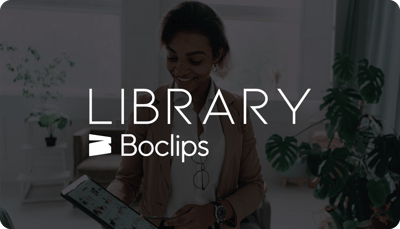
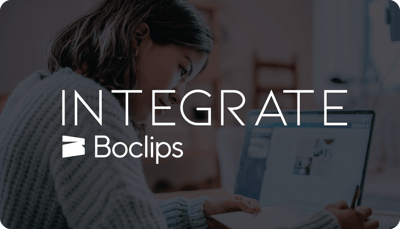
.png?width=1152&height=660&name=Copy%20of%20Untitled%20Design%20(1).png)
